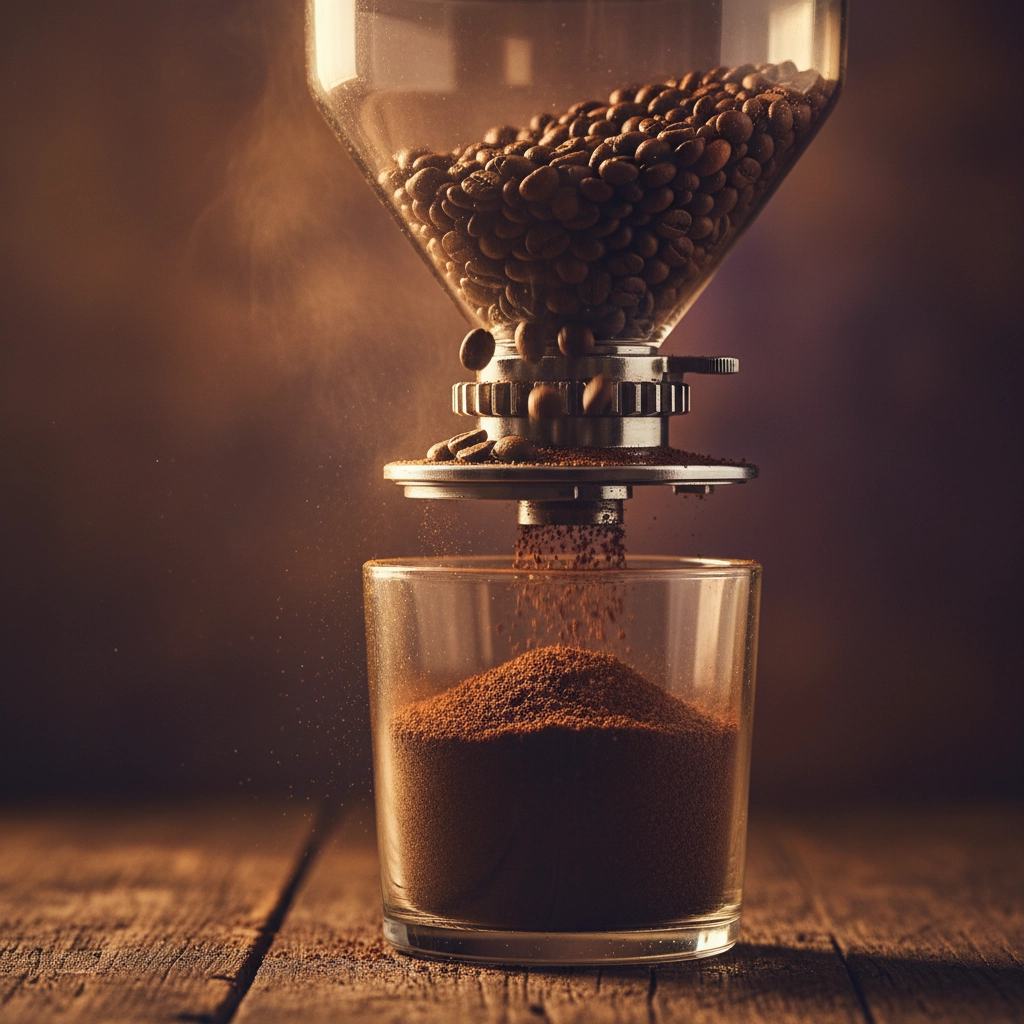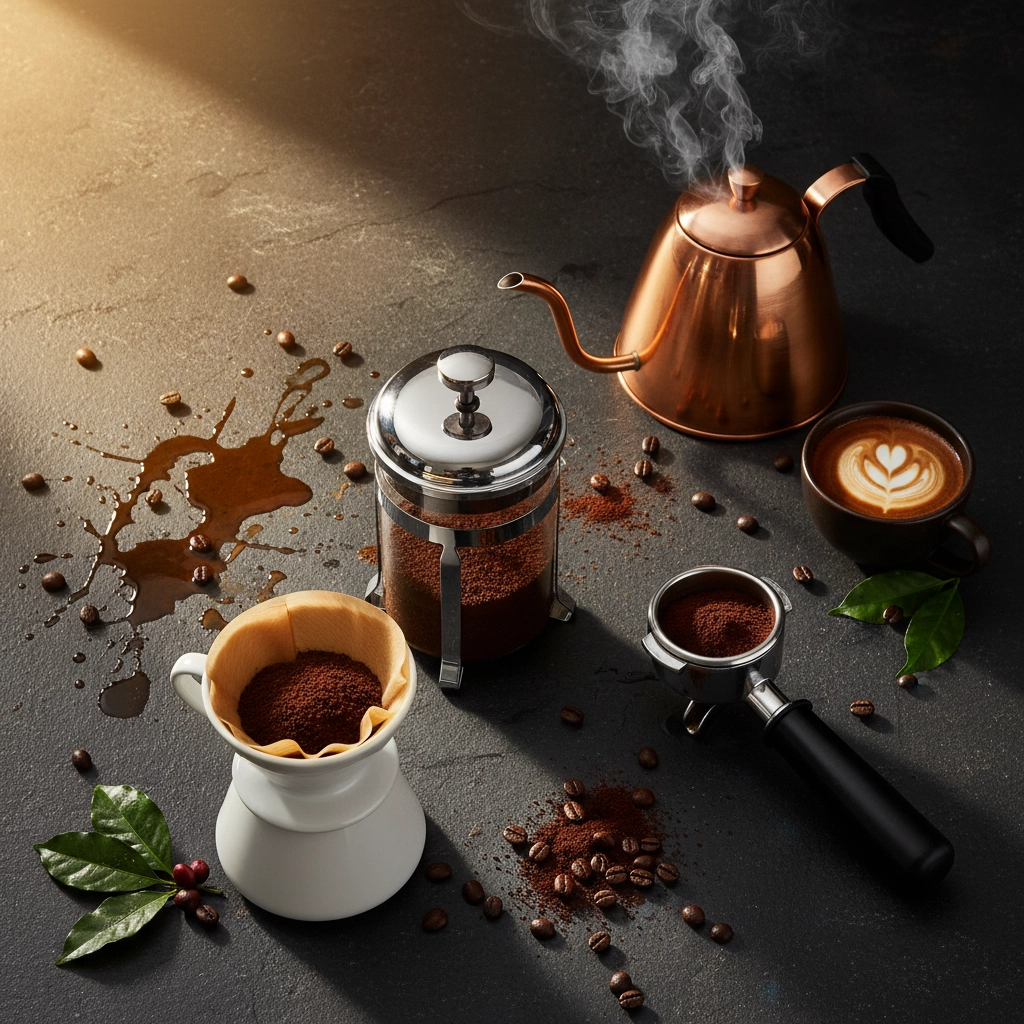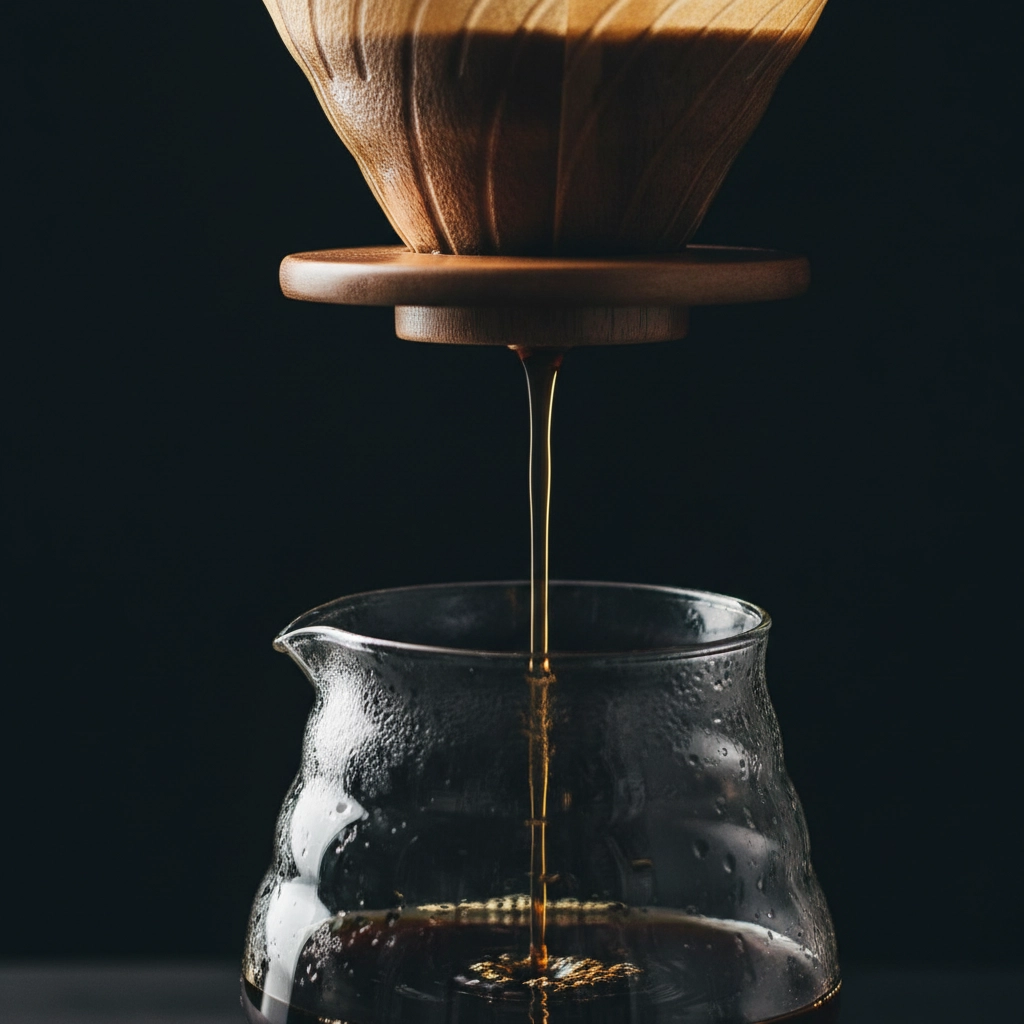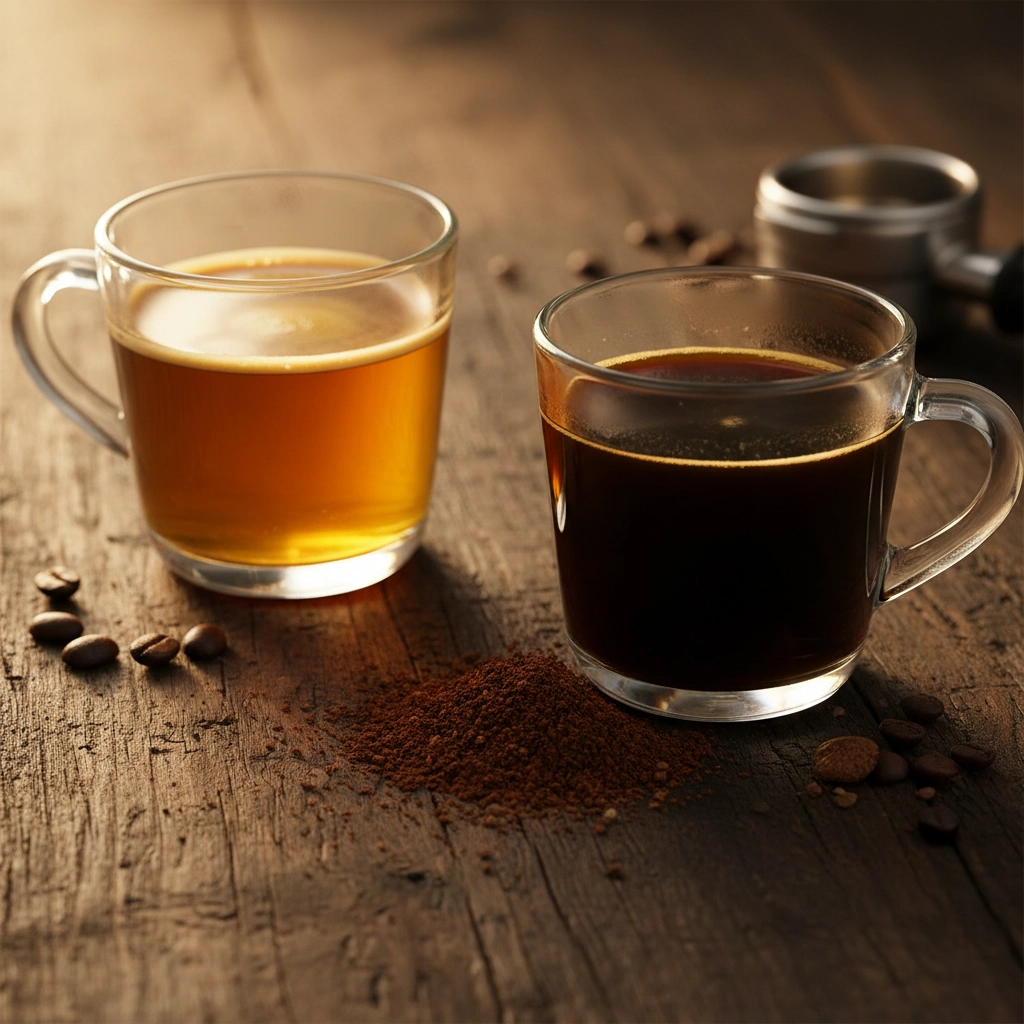You know that perfect cup of coffee you get at your favorite café? The one that makes you close your eyes and smile after the first sip? Here's the thing: you can absolutely recreate that magic at home. It's not about having the fanciest equipment or being a coffee wizard. It's about understanding the fundamentals and having the right tools in your arsenal.
Creating café-quality coffee at home isn't just possible; it's surprisingly achievable once you know what really matters. Let's dive into everything you need to transform your morning routine into a barista-level experience.
Start with the Foundation: Quality Equipment That Actually Matters
The difference between okay coffee and incredible coffee often comes down to your equipment choices. You don't need to break the bank, but investing in a few key pieces will completely transform your brewing game.
Your Grinder is Everything
If you take away only one thing from this guide, let it be this: invest in a good burr grinder. Blade grinders are coffee's worst enemy: they create uneven particles that extract inconsistently, leaving you with bitter and weak notes fighting each other in your cup.
A burr grinder gives you uniform particles that extract evenly, creating that balanced, smooth flavor you're craving. You can find quality burr grinders starting around $40, and they'll make more difference in your coffee than any other single upgrade.
Precision Tools for Consistent Results
A digital kitchen scale might seem like overkill, but it's the secret weapon of every great home barista. Coffee is chemistry, and chemistry requires precision. Measuring by weight instead of volume eliminates variables and gives you repeatable results.
Pair that scale with a gooseneck kettle for pour-over methods, and you'll have control over water flow that makes all the difference in extraction timing and evenness.

The Coffee Bean Game-Changer
Here's where many people go wrong: they focus on equipment while ignoring the star of the show: the beans themselves. Fresh, quality coffee beans are non-negotiable for café-quality results.
Freshness Matters More Than You Think
Coffee beans hit their flavor peak about 2-14 days after roasting, then slowly decline. Those beans sitting in your pantry for months? They're not doing you any favors. Look for roast dates on packages and try to use beans within three weeks of roasting.
Exploring Flavor Profiles
Different origins and processing methods create vastly different flavor experiences. Single-origin coffees from specific regions showcase unique characteristics: Ethiopian beans might offer bright, floral notes while Colombian varieties tend toward chocolate and nutty flavors.
For those who love flavored coffees, blends like vanilla hazelnut or caramel pecan can add delightful complexity to your morning routine without overwhelming the coffee's natural characteristics.
Water: The Unsung Hero of Great Coffee
Since water makes up 98% of your cup, its quality directly impacts your final result. Tap water with high chlorine content or excessive minerals can completely mask your coffee's flavors.
Use filtered water when possible, and pay attention to temperature. Water between 195-205°F extracts optimally: too hot and you'll get bitter compounds, too cool and you'll under-extract, leaving flavors locked away.

Mastering Your Brewing Method
Each brewing method brings out different aspects of your coffee's personality. Understanding these differences helps you choose the right approach for your taste preferences and lifestyle.
Pour-Over: Precision and Clarity
Pour-over methods like V60 or Chemex give you complete control over every variable. The key is consistent, circular pouring motions and timing your pours to allow proper blooming and extraction.
Start with a medium-fine grind (think table salt texture) and a 1:16 coffee-to-water ratio. Pour just enough water to wet the grounds, wait 30 seconds for the bloom, then pour in slow, steady circles.
French Press: Full-Bodied Richness
The French press creates full-bodied coffee through immersion brewing. Use a coarse grind (like sea salt), add your coffee and hot water, stir gently, then let it steep for exactly four minutes before pressing.
This method works beautifully with darker roasts and flavored blends, as the longer contact time allows deeper, richer notes to fully develop.
Auto-Drip: Convenience Without Compromise
A quality drip coffee maker can produce excellent results, especially when you control the variables you can. Use the right grind size (medium), proper ratios, and always start with fresh, cold water.
The beauty of drip coffee is its consistency and capacity: perfect for busy mornings or when you're making coffee for a crowd.

Dialing In Your Perfect Cup
Getting your ratios right is where the magic happens. Start with a baseline of 1:15 to 1:17 coffee-to-water ratio (that's about 2 tablespoons of coffee per 6 oz of water), then adjust based on your taste preferences.
If your coffee tastes sour or weak, try a finer grind or more coffee. If it's bitter or harsh, go coarser or use less coffee. Small adjustments make big differences, so change one variable at a time.
Grind Size is Your Secret Weapon
Different brewing methods need different grind sizes for optimal extraction. Espresso requires fine grounds, drip coffee works best with medium, and French press needs coarse. But here's the insider tip: even within these ranges, small adjustments can dramatically improve your results.
If your pour-over is taking too long to drain, try a slightly coarser grind. If your French press tastes weak, go a bit finer. Your taste buds will tell you when you've hit the sweet spot.
Advanced Tips for Coffee Perfection
Temperature Control Beyond the Basics
While 200°F is often cited as ideal, different coffees shine at different temperatures. Lighter roasts often benefit from slightly hotter water (205°F) to fully extract their complex flavors, while darker roasts can taste better with cooler water (195°F) to avoid over-extraction of bitter compounds.
Timing Your Extraction
Pay attention to extraction timing. Pour-overs typically take 3-4 minutes total, French press steeps for exactly 4 minutes, and espresso extracts in 25-30 seconds. Deviating significantly from these times usually indicates a grind size adjustment is needed.
Storage Secrets
Keep your beans in an airtight container at room temperature, away from light and heat. Contrary to popular belief, don't store coffee in the fridge or freezer unless you're storing it long-term in completely airtight conditions.

Troubleshooting Common Issues
Bitter Coffee: Usually means over-extraction. Try a coarser grind, lower water temperature, or shorter brew time.
Sour or Weak Coffee: Under-extraction is the culprit. Go finer with your grind, increase water temperature slightly, or extend brew time.
Inconsistent Results: This often comes back to your grinder. Inconsistent particle size leads to uneven extraction and unpredictable flavors.
Building Your Coffee Ritual
The best part about mastering home coffee brewing is developing your personal ritual. Whether you're exploring single-origin coffees from different regions, experimenting with flavored blends like tiramisu or toasted pecan, or perfecting your pour-over technique, each cup becomes an opportunity for a small moment of mindfulness in your day.
Creating café-quality coffee at home is a journey, not a destination. Every adjustment you make, every new coffee you try, and every perfect cup you brew adds to your understanding and enjoyment. With the right equipment, quality beans, and these techniques in your toolkit, you'll be amazed at what you can create in your own kitchen.
The only thing left is to start brewing and enjoy the process. Your perfect cup is waiting.




